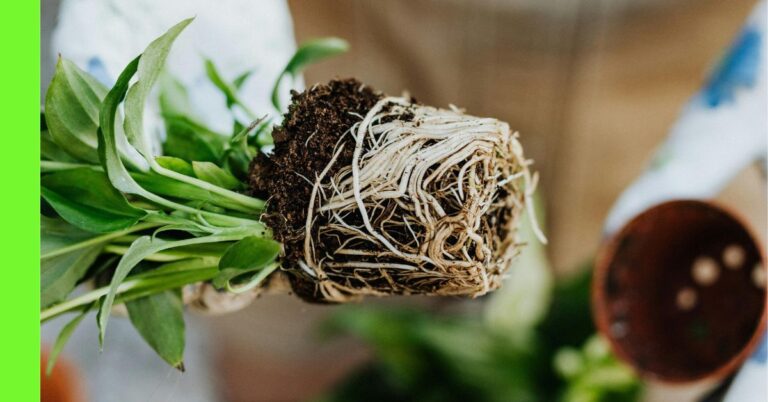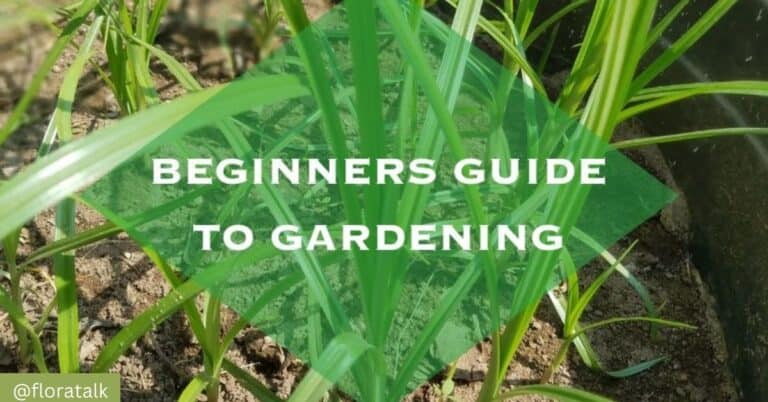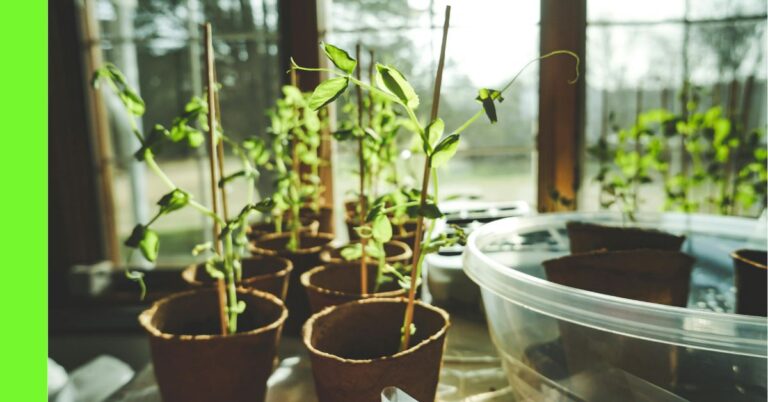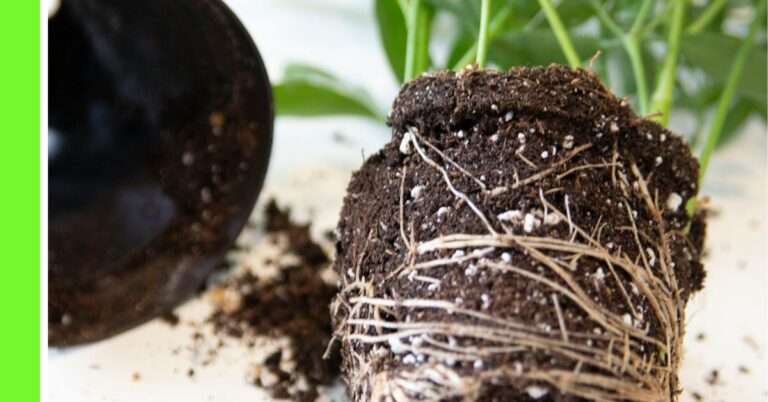Proper Plant Spacing and Depth for Various Plants
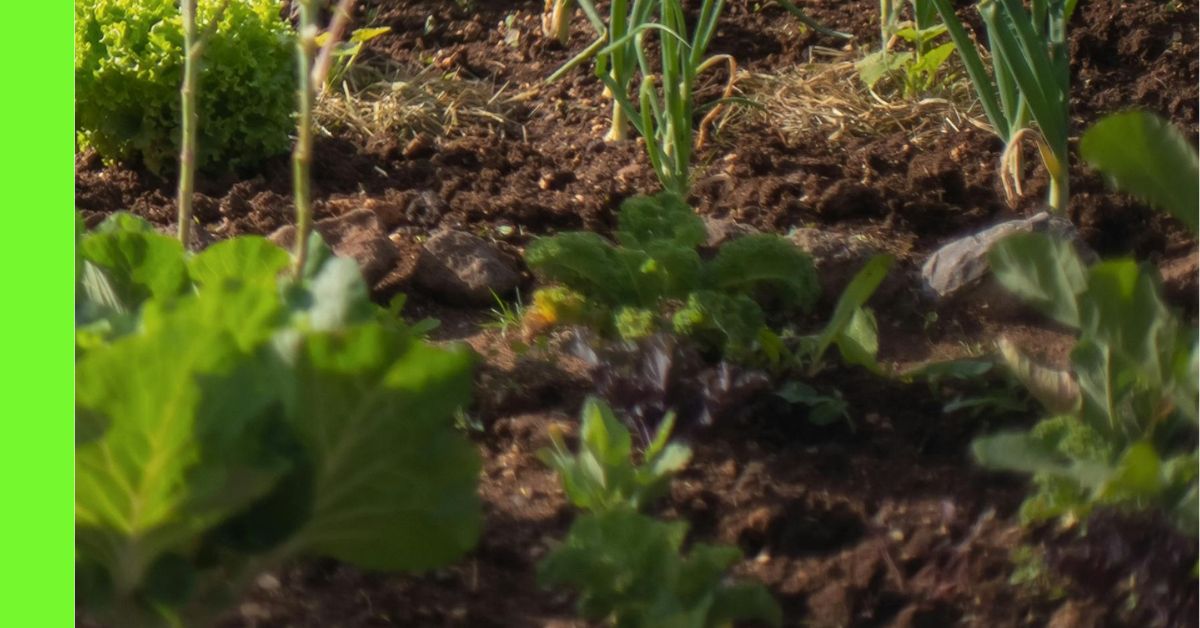
Plant spacing and planting depth are crucial factors in achieving high yields and healthy plant growth in agriculture.
It is essential to adopt the right spacing and depth for each plant to maximize productivity.
Importance of Proper Plant Spacing
Proper plant spacing is vital for several reasons:
- Optimal Growth: Ensures that each plant gets adequate sunlight, water, and nutrients.
- Prevents Competition: Reduces overcrowding, which can lead to stunted growth and lower yields.
- Disease and Pest Control: Improves air circulation, reducing the risk of fungal infections and pest infestations.
- Easier Farm Management: Facilitates weeding, pest control, and harvesting activities.
- Higher Yields: Allows plants to develop properly, leading to better productivity and quality of produce.
Reasons for Plant Spacing
The right spacing varies depending on the type of crop, soil conditions, and farming methods.
Key reasons for proper plant spacing include:
- Maximizing Land Use Efficiency: Helps to balance plant density for optimal yield without overcrowding.
- Enhancing Root Development: Ensures roots have sufficient space to spread and absorb nutrients efficiently.
- Water Utilization: Properly spaced plants make efficient use of available water, reducing wastage and enhancing drought resistance.
- Reducing Competition: This minimizes competition for sunlight, water, and nutrients, ensuring all plants grow uniformly.
Plant Spacing Guide
Below is a guide to proper spacing and depth for various plant categories grown in Nigeria.
1. Cereal Crops
- Maize/Corn (Zea mays): Spacing: 75 cm between rows, 25 cm between plants. Planting depth: 3-5 cm deep.
- Rice (Oryza sativa): Spacing: 20 cm x 20 cm for transplanted rice; 15 cm x 15 cm for direct-seeded rice. Planting depth: 2-3 cm.
- Sorghum (Sorghum bicolor): Spacing: 75 cm between rows, 30 cm between plants. Planting depth: 2-4 cm.
- Millet (Pennisetum glaucum): Spacing: 50 cm between rows, 20 cm between plants. Planting depth: 2-3 cm.
2. Legumes
- Cowpea (Vigna unguiculata): Spacing: 60 cm between rows, 20 cm between plants. Planting depth: 3-5 cm.
- Soybean (Glycine max): Spacing: 60 cm between rows, 5-10 cm between plants. Planting depth: 3-5 cm.
- Groundnut (Arachis hypogaea): Spacing: 75 cm between rows, 15-20 cm between plants. Planting depth: 3-5 cm.
3. Root and Tuber Crops
- Cassava (Manihot esculenta): Spacing: 1 m x 1 m. Planting depth: 5-10 cm (for stem cuttings).
- Yam (Dioscorea spp.): Spacing: 1 m x 1 m. Planting depth: 10-15 cm.
- Sweet Potato (Ipomoea batatas): Spacing: 75 cm between rows, 30 cm between plants. Planting depth: 5-10 cm.
4. Vegetables
- Tomato (Solanum lycopersicum): Spacing: 75 cm between rows, 45 cm between plants. Planting depth: 1-2 cm.
- Pepper (Capsicum spp.): Spacing: 60 cm between rows, 40 cm between plants. Planting depth: 1-2 cm.
- Cabbage (Brassica oleracea): Spacing: 50 cm between rows, 45 cm between plants. Planting depth: 1-2 cm.
- Carrot (Daucus carota): Spacing: 30 cm between rows, 5-10 cm between plants. Planting depth: 1-2 cm.
5. Fruits and Plantation Crops
- Banana & Plantain (Musa spp.): Spacing: 3 m x 3 m. Planting depth: 30-50 cm.
- Cocoa (Theobroma cacao): Spacing: 3 m x 3 m. Planting depth: 3-5 cm.
- Oil Palm (Elaeis guineensis): Spacing: 9 m x 9 m. Planting depth: 15-20 cm.
- Cashew (Anacardium occidentale): Spacing: 7 m x 7 m. Planting depth: 3-5 cm.
6. Forage Crops
- Napier Grass (Pennisetum purpureum): Spacing: 1 m between rows, 50 cm between plants. Planting depth: 5-10 cm.
- Guinea Grass (Panicum maximum): Spacing: 1 m x 1 m. Planting depth: 5-10 cm.
Why You Should Use the Right Spacing
Using the correct spacing for different plants ensures:
- Better Crop Quality: Well-spaced plants produce healthier, more uniform fruits, grains, and vegetables.
- Higher Resistance to Pests and Diseases: Overcrowded crops tend to create humid conditions that favor diseases and pests.
- Sustainable Farming Practices: Prevents soil depletion by ensuring balanced nutrient absorption.
- Increased Profitability: Higher-quality yields lead to better market prices and higher income for farmers.
Conclusion
Proper plant spacing and depth are essential for ensuring optimal plant growth, reducing competition for nutrients, and improving air circulation, which helps in disease prevention.
Farmers should follow these guidelines based on their crop type and growing conditions to achieve better productivity and sustainable farming practices.
Find crop growth requirements in our How To Grow Category.
Hope this article was helpful.


